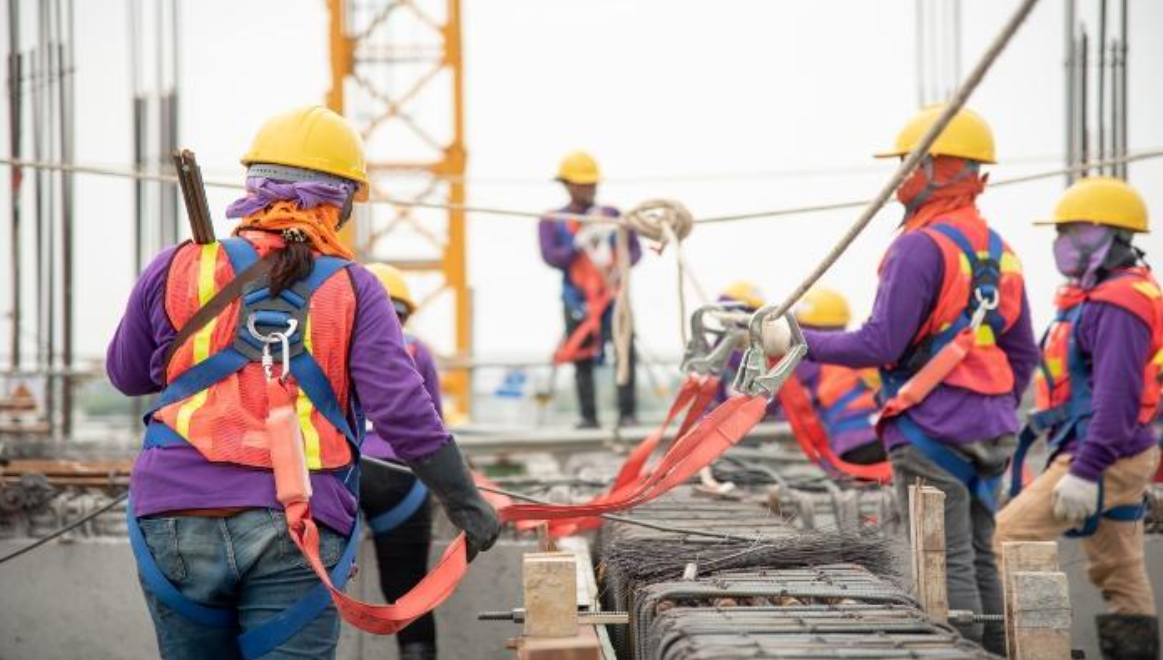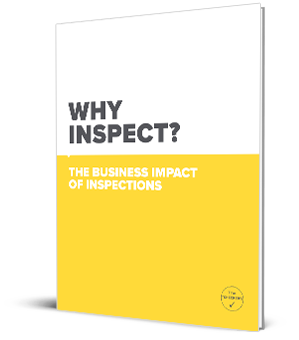Workplace safety is a critical concern for small and medium-sized businesses, but the humble inspection is often overlooked in the safety ecosystem. Inspections serve as the guardian angels of the work environment, catching potential hazards before they escalate into accidents and ensuring that safety isn't just a policy but a practice.
Unseen Hazards, Untold Consequences
Regular inspections play a vital role in identifying risks that may take time to be apparent. By taking the time to examine equipment, review processes, and observe behaviors, businesses can uncover the hidden dangers in plain sight—loose cables that may cause trips, improper material storage, or even the slow erosion of safety standards over time.
Proactive Prevention, Not Reactive Response
The actual value of inspections lies in their power to address issues preemptively. Whereas accidents trigger reactive measures, regular inspections can mitigate risks before they emerge as accidents. This foresight protects employees and shields businesses from the high costs of workplace incidents, from insurance claims to loss of productivity.
Compliance: Beyond the Checkmark
While staying compliant with safety regulations is necessary, inspections provide a pathway beyond ticking boxes. By fully integrating regular inspection routines, businesses can assure a standard of safety that meets and often exceeds regulatory requirements. This commitment to exceeding the basics enhances employee protection and boosts the business's reputation and credibility.
Cultivating Safety as Second Nature
Inspections can also be instrumental in embedding safety into the company culture. They are tangible evidence that the organization is committed to the well-being of its employees, fostering a work environment where safety is valued and prioritized. When workers see that regular checks are a standard part of operations, they embody that same vigilance in their daily tasks.
The Ripple Effect of Routine Reviews
Routine safety inspections within a workplace often trigger a chain reaction, with effects extending beyond the checklist. This ripple effect can be profound, impacting many different layers of a business’s operations and fostering an environment where safety evolves from a concern to a cornerstone.
Cascading Knowledge and Engagement
Regular reviews do more than evaluate the present; they educate for the future. As inspectors point out potential issues, this knowledge trickles down to staff, providing on-the-spot learning opportunities. This cascading effect empowers employees, who can recognize and address similar problems independently, enhancing their engagement with their safety and those around them.
Promoting Dialogue and Participation
Routine reviews are also conversational catalysts. Safety becomes an open, ongoing topic of discussion when inspections are a norm. Employees are more likely to report potential risks and offer suggestions, knowing their observations align with a company-wide priority. This inclusive dialogue promotes a sense of shared responsibility and participation across all levels of the organization.
Strengthening Safety Practices
The insights gained from regular inspections lead to better safety practices. As potential hazards are identified, businesses can revise protocols and introduce new safety measures to avert risks. Over time, these changes accumulate, leading to comprehensive improvements in safety procedures and the overall well-being of the work environment.
Building a Proactive Safety Culture
Ongoing reviews instill a proactive approach to safety across the organization. Rather than waiting for an incident to occur, employees begin to anticipate and prevent them. This forward-thinking mindset becomes part of the collective behaviour, transforming the company's culture into one that inherently values and prioritizes safety.
Heightened Safety Awareness
Employees become more attuned to safety concerns with every inspection and subsequent action. This heightened awareness is crucial for early risk detection and can significantly reduce the probability of work-related accidents and injuries.
Empowering Safety Stewards
Regular reviews can also reveal natural safety leaders in the workforce. These individuals may have a keen eye for safety. They can be encouraged to take on more formal roles, such as safety committee members or emergency preparedness coordinators, further strengthening the organization’s safety framework.
Positive Feedback Loops
Moreover, inspections create positive feedback loops. As employees see that their reports of hazards result in fundamental changes, they feel affirmed and valued, reinforcing their commitment to maintaining a safe workplace. This positive reinforcement helps sustain high levels of safety consciousness across the organization.
In conclusion, regular adequate inspections are not just a chore on the to-do list; they are a profound investment in a company's most valuable asset—its people. By systematically uncovering potential dangers and enforcing a proactive approach to workplace safety, inspections create a sturdy foundation upon which a lasting culture of safety can be built.











